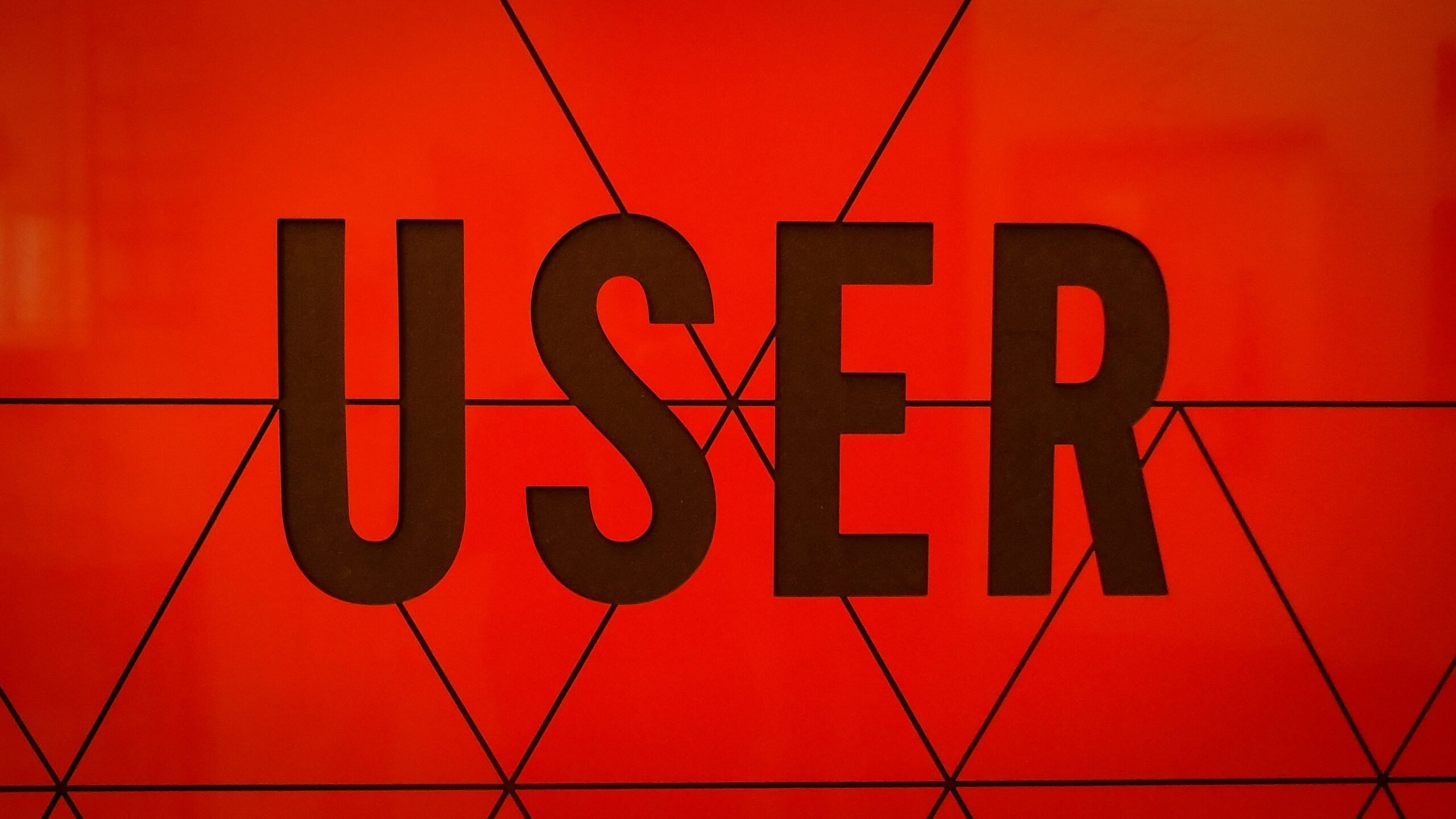The Importance of Understanding User Behavior in Content
When it comes to creating content, whether it’s for a website, blog, or social media platform, understanding user behavior is crucial. The way users interact with content can greatly impact its success, and by understanding the psychology behind these interactions, you can create content that is more engaging, relevant, and effective.
1. The Role of Attention in User Behavior
One of the key factors in user behavior is attention. In today’s fast-paced digital world, users have limited attention spans, and capturing their attention is essential. Understanding what grabs and holds their attention can help you create content that is more likely to be noticed and consumed.
There are several factors that can influence attention, such as visual appeal, relevance, and novelty. By using eye-catching visuals, creating content that is relevant to your target audience, and offering something unique or new, you can increase the likelihood of capturing and maintaining user attention.
2. The Power of Emotions in User Behavior
Emotions play a significant role in user behavior. Content that evokes emotions is more likely to be remembered, shared, and acted upon. Understanding the emotional triggers that resonate with your audience can help you create content that elicits the desired response.
For example, if you are trying to create content that encourages users to take action, such as making a purchase or signing up for a newsletter, tapping into emotions like excitement, curiosity, or fear of missing out can be effective. On the other hand, if you want to create content that builds trust and loyalty, evoking emotions like empathy, gratitude, or humor can help establish a deeper connection with your audience.
3. The Influence of Cognitive Biases in User Behavior
Cognitive biases are inherent tendencies in human thinking that can influence decision-making and behavior. By understanding these biases, you can create content that aligns with how users process information and make choices.
One example of a cognitive bias is the confirmation bias, which is the tendency to seek out information that confirms our existing beliefs and ignore or downplay information that contradicts them. By presenting information in a way that aligns with your audience’s preconceived notions or beliefs, you can increase the likelihood of them engaging with and accepting your content.
Another cognitive bias is the scarcity effect, which is the tendency to place a higher value on things that are perceived as scarce or limited. By creating content that emphasizes scarcity, such as limited-time offers or exclusive access, you can create a sense of urgency and encourage users to take action.
Conclusion
Understanding user behavior is crucial when creating content. By considering factors such as attention, emotions, and cognitive biases, you can create content that is more engaging, relevant, and effective. By tapping into the psychology of interaction, you can create a deeper connection with your audience and achieve your content goals.



